Photos taken by Paul Douglass (Yale University), Student Correspondent for CET Beijing, Spring 2025
Beijing in the Spring
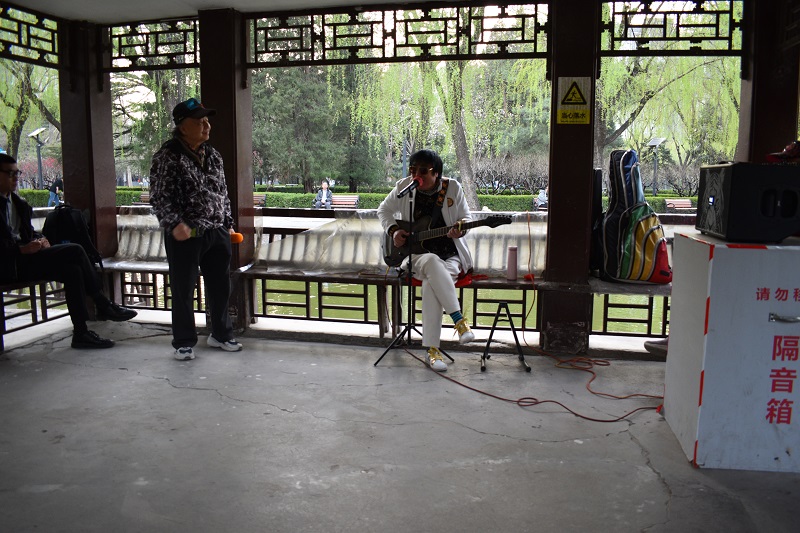
Beijing, like many cities in China, is filled with green spaces. This park in the heart of Beijing’s financial district features a lake and traditional architecture. It is the perfect place to unwind after classes. China has a large retired population. Many of China’s retired folk spend their days at the park exercising, dancing, and in this case singing. Some CET students met this lively band and ended up joining them for a sing along of some Chinese tunes.
Many cities in China are lit up at night, flooding the skyline with bright LEDs. Beijing is no exception. In the financial district, tall modern skyscrapers impose over winding alleys and squat apartment buildings. It makes for unique and interesting night walks downtown. The Central Business District, or CBD is Beijing’s financial center and home to the city’s most modern architecture. This building, the CCTV headquarters, is surrounded by skyscrapers and dotted with trendy malls and bars. Though a bit of a trek from CET’s campus, it’s worth the trip.


Though one of the largest metro areas in China, Beijing is surrounded by mountains to the north. During the springtime the hills are covered in cherry blossoms. Phoenix Ridge is only a 30 minute car ride from CET’s campus and offers stunning views overlooking the city.
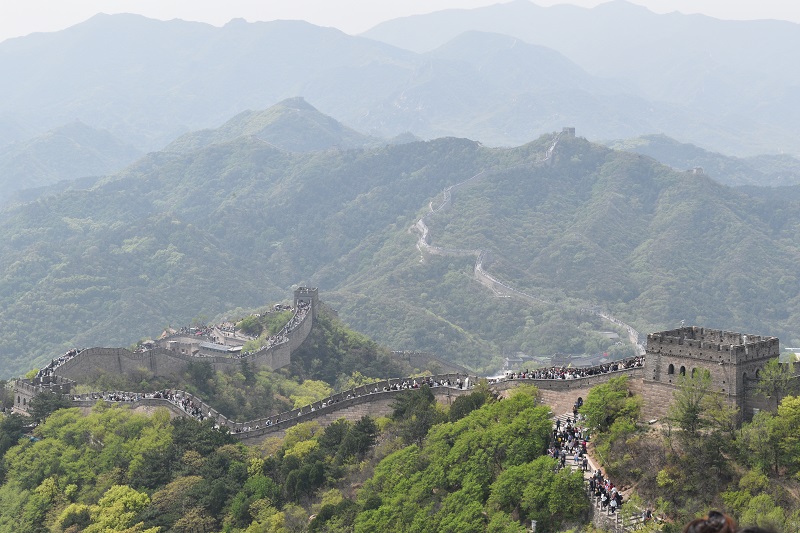
Tucked away among the mountains north of Beijing is a portion of the Great Wall of China. CET took a program excursion to experience the awe striking beauty and learn about the deep history of this great wonder.
Yi He Yuan, or the Summer Gardens are the historic nature preserve of the Qing Emperor. For centuries it was hidden from the public, but today it is one of the most popular parks in Beijing. Beijing is known for its beautiful spring blooms, and this park is one of the best examples. With the cherry trees blooming in March, CET took a group excursion to experience the gardens. Looking out over the water at Yi He Yuan, I snapped this photo of my CET classmates enjoying the mild spring weather. Beijing is a truly expansive city, making exploration a wonderful adventure.

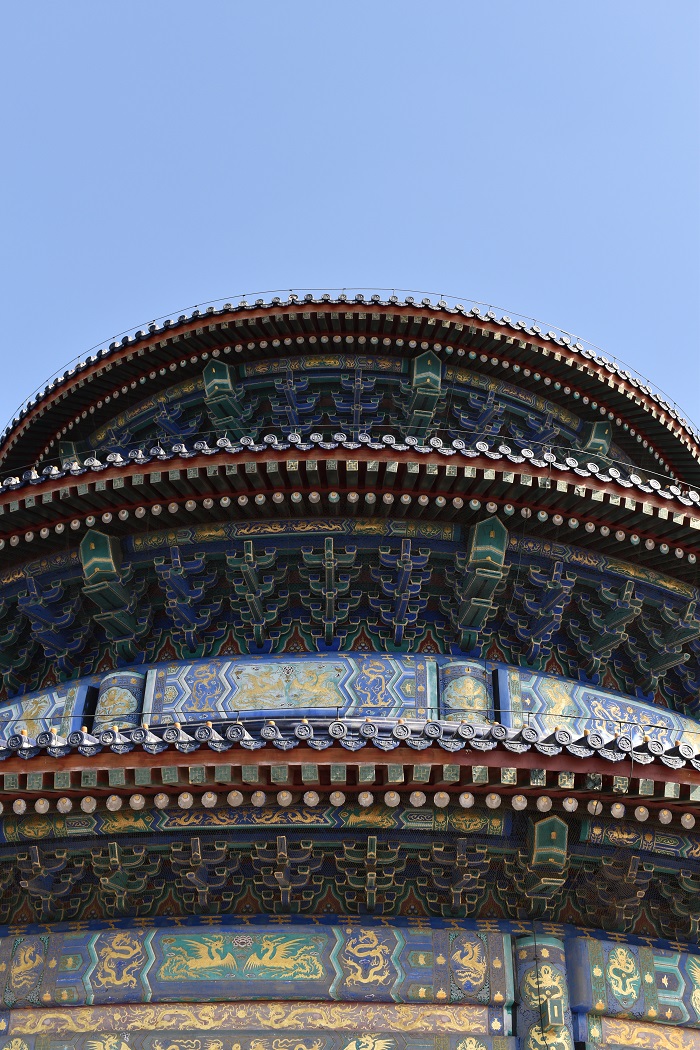
Tian Tan, or the Temple of Heaven, was erected in 1406. It served as the ceremonial and religious site where generations of Emperors venerated the gods of heaven and offered sacrifices on behalf of the people. It is one of the most iconic landmarks in Beijing and CET took the opportunity to visit.
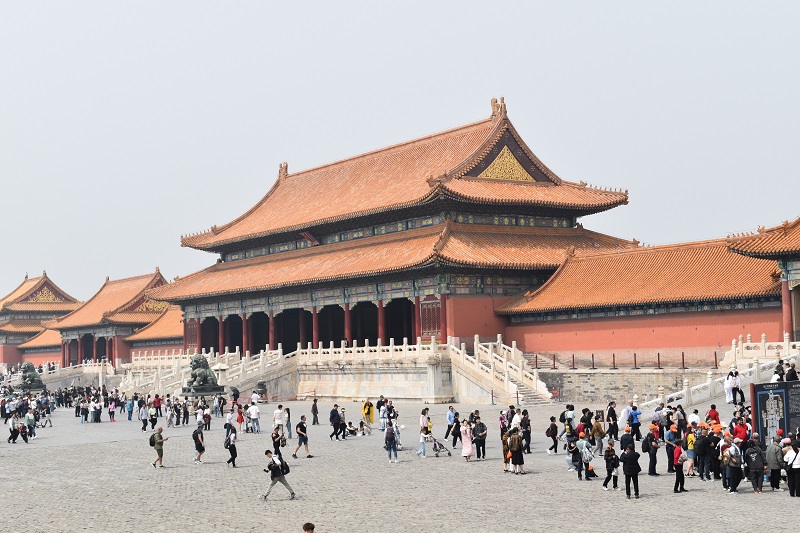
The Forbidden City is one of China’s most famous landmarks. Written about by Marco Polo, this massive complex of imperial castles sits at the very heart of Beijing. CET spent a day exploring this amazing cultural landmark, but it was so big and I loved it so much that I went back twice!
Traveling Seminar to Chengdu
CET Beijing takes students on two educational travel seminars. For our second seminar, we spent a week in Chengdu in China’s Sichuan province. Here we are posing in front of the home and museum of Du Fu, a Tang Dynasty poet and one of China’s most respected authors.
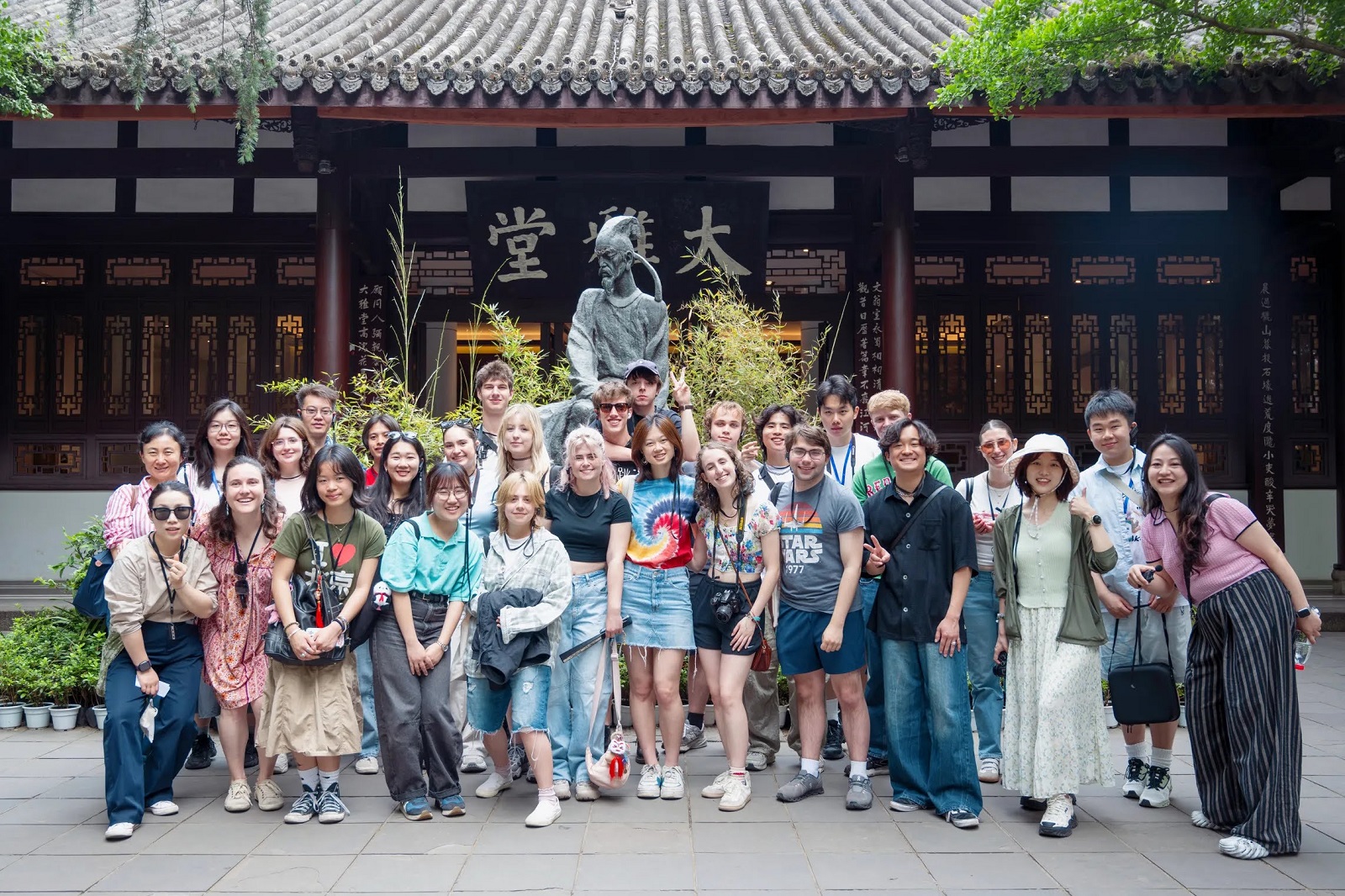
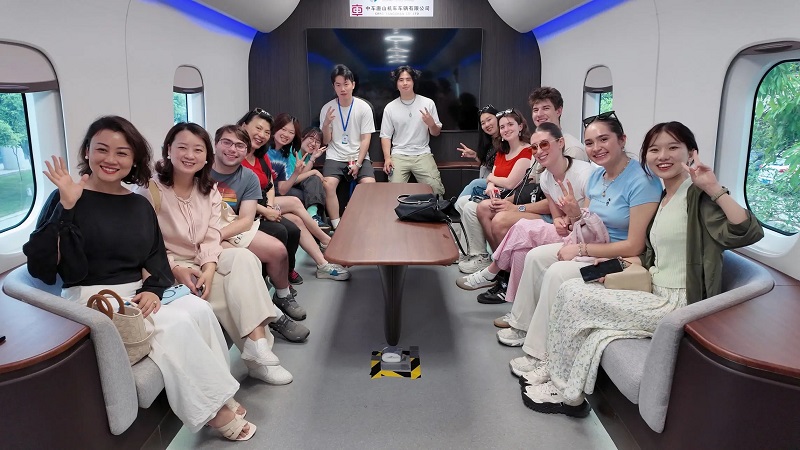
While in Chengdu, CET was hosted by a local university, Southwest Jiaotong University. They are known in particular for their groundbreaking research in magnetic levitation high speed trains. Our hosts at Southwest Jiaotong University were especially hospitable. We split up into small groups and were guided around the city by local students. At the maglev research center they even gave us demonstrations of technology and let us ride in the train!
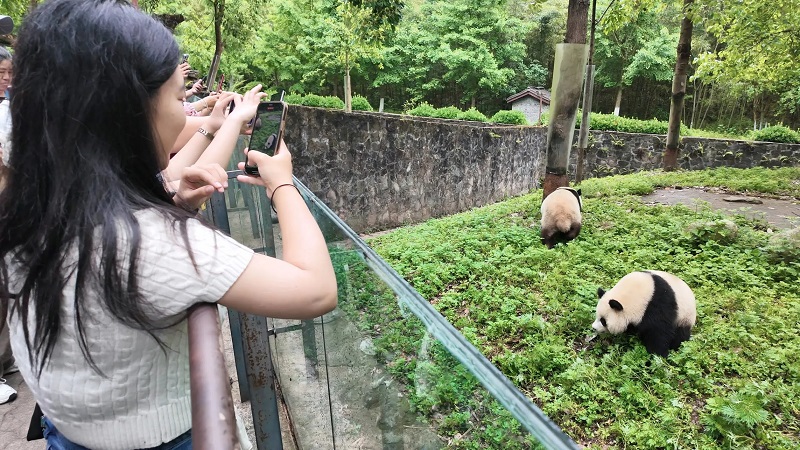
Chengdu is especially famous for its pandas. Surrounded by deep bamboo forests, Chengdu is the foremost preservation and conservation center for pandas. Here at one of Chengdu’s four wildlife centers, CET students were able to get face to face with pandas and even received a private lecture from one of the staff members.
Chengdu is also the site of one of China’s most significant archaeological sites, the San Xing Dui cultural site. Here at the San Xing Dui museum we learned about this ancient Chinese civilization and the ongoing archaeological work in the area. We also spoke with locals and staff to learn more about the impact of this discovery on China’s history.

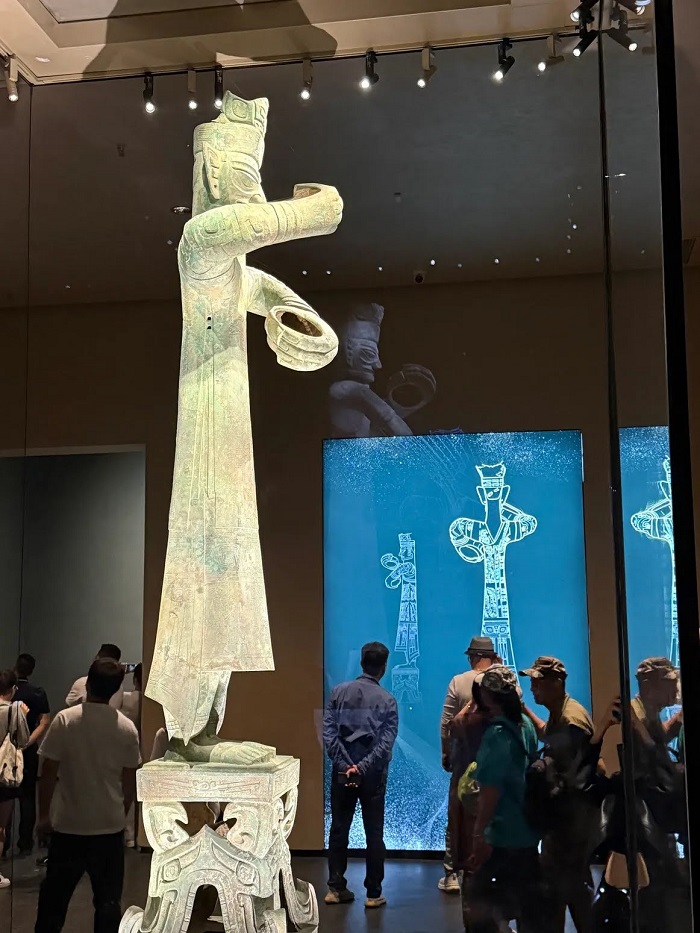
San Xing Dui museum is filled with artefacts of the ancient Shu civilization. This bronze age Chinese civilization was unearthed through the discovery of many bronze and gold artifacts at San Xing Dui. This nearly 9 foot statue discovered at San Xing Dui is the largest bronze era statue found in the entire world. While researchers and archaeologists have gleaned a lot, much remains a mystery about this ancient culture.
CET students also engaged in Chengdu’s rich food culture. Located in the Sichuan Province, Chengdu cuisine is known for its bold flavors and use of mala, a kind of pepper that is both spicy and leaves a tingling feeling. Here we enjoyed traditional Chengdu hot pot. While in Chengdu, CET students were assigned vlogs to record their experience. I made a video with my project team about Chengdu cuisine and reacting to the new flavors.


For all of its history, Chengdu very much remains a living and growing city. Here, CET students had an opportunity to meet with local community leaders in the Yi Lin neighborhood and hear about how residents work together to advocate and implement change where they live. We were able to also talk one-on-one with residents of the neighborhood and learn about their daily lives and their community advocacy.